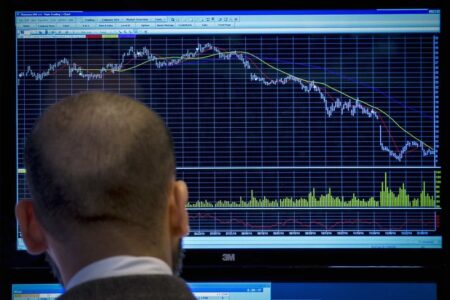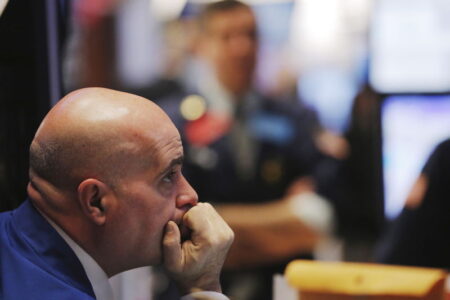© Reuters. People walk past a Woolworths supermarket following the easing of restrictions implemented to curb the spread of the coronavirus disease (COVID-19) in Sydney, Australia, June 16, 2020. REUTERS/Loren Elliott/file photo
By Archishma Iyer and Byron Kaye
(Reuters) -Woolworths’ underlying full-year profit rose 4.6% on Wednesday and met analyst forecasts, as price increases by Australia’s top grocer more than offset rising costs, sending its shares higher.
The results renew the spotlight on the decades-old rivalry between Woolworths and No.2 rival Coles and over how they contain soaring produce, freight and wages costs with inflation still double the central bank’s target range.
A day earlier, Coles said a cost blowout sent its underlying annual profit lower.
It also adds fuel to an argument made by some economists that corporate profits are playing a bigger role in the country’s inflation than consumer spending. Woolworths (ASX:) said its earnings margin from food was 6% in the year to end-June, from 5.3% a year earlier.
Woolworths, one of the country’s biggest employers which makes up nearly 40% of all supermarket sales in Australia, said profit excluding non-recurring items such as revaluations of non-core business interests came in at A$1.62 billion ($1.04 billion) for the year.
Overall profit of A$1.72 billion, up 13.7%, was in line with the average forecast of analysts, according to Visible Alpha, a financial market aggregator.
The company gave no profit guidance except that growth in Australian food sales, its main earnings driver, remained strong although inflation was moderating. Costs in the 2024 financial year would be “impacted by material wage increases and inflation in energy and transport”, CEO Brad Banducci said.
Shares of Woolworths were 5% higher by mid-session, against a 0.7% gain on the overall market, as analysts noted Woolworths had reined in costs better than its main rival.
JPMorgan (NYSE:) and Macquarie Group (OTC:) analysts called the result “solid” in separate client notes.
“We think the result will be taken well in the context of yesterday’s weaker result from Coles,” Citi analysts said.
Economists, meanwhile, said the widening food margins were a contributor to inflation.
“Australia’s supermarket giants … claim they are merely passing on to consumers the higher costs they pay for their own supplies, but grade-school maths proves that is a lie,” said Jim Stanford, director of the Centre for Future Work, part of think-tank the Australia Institute.
“The pricing power of oligopolies has been a key factor in the current inflation crisis.”
Banducci, the Woolworths CEO, said on a media call margins were “an output, not an input” of the company’s products and pricing but that it may reinvest some profit into lower prices.
($1 = 1.5542 Australian dollars)
Read the full article here












